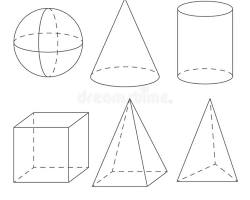Introduction
Form, shape, and space are fundamental elements in visual art and design. They work together to create the visual language we use to communicate and express ourselves.
-
- Shape: Two-dimensional forms, like circles, squares, and triangles, define the basic structure of a design.
- Form: Three-dimensional shapes, like spheres, cubes, and cylinders, add depth and volume to a design.
- Space: The area around and between the elements in a design, creating visual hierarchy and emphasis.
How they work together:
-
- Shape and Form: By combining shapes and forms, designers can create complex and interesting compositions.
- Space and Form: The relationship between form and space can create illusions of depth and perspective.
- Shape and Space: The arrangement of shapes within a space can create patterns, rhythm, and visual interest.
Mastering these elements:
Understanding form, shape, and space is essential for creating effective and visually appealing designs. By carefully considering how these elements interact, designers can:
-
- Guide the viewer’s eye: Create a clear visual hierarchy and focal points.
- Convey meaning: Use shapes and forms to symbolize ideas and emotions.
- Create a sense of balance and harmony: Ensure that the design feels cohesive and visually pleasing.
In conclusion:
Form, shape, and space are the building blocks of visual communication. By mastering these elements, designers can create powerful and impactful designs that resonate with their audience.
Call to action:
- Experiment: Try creating your own designs using different shapes, forms, and spaces.
- Observe: Pay attention to how these elements are used in the world around you.
- Learn: Continue to explore and learn about the principles of design.



